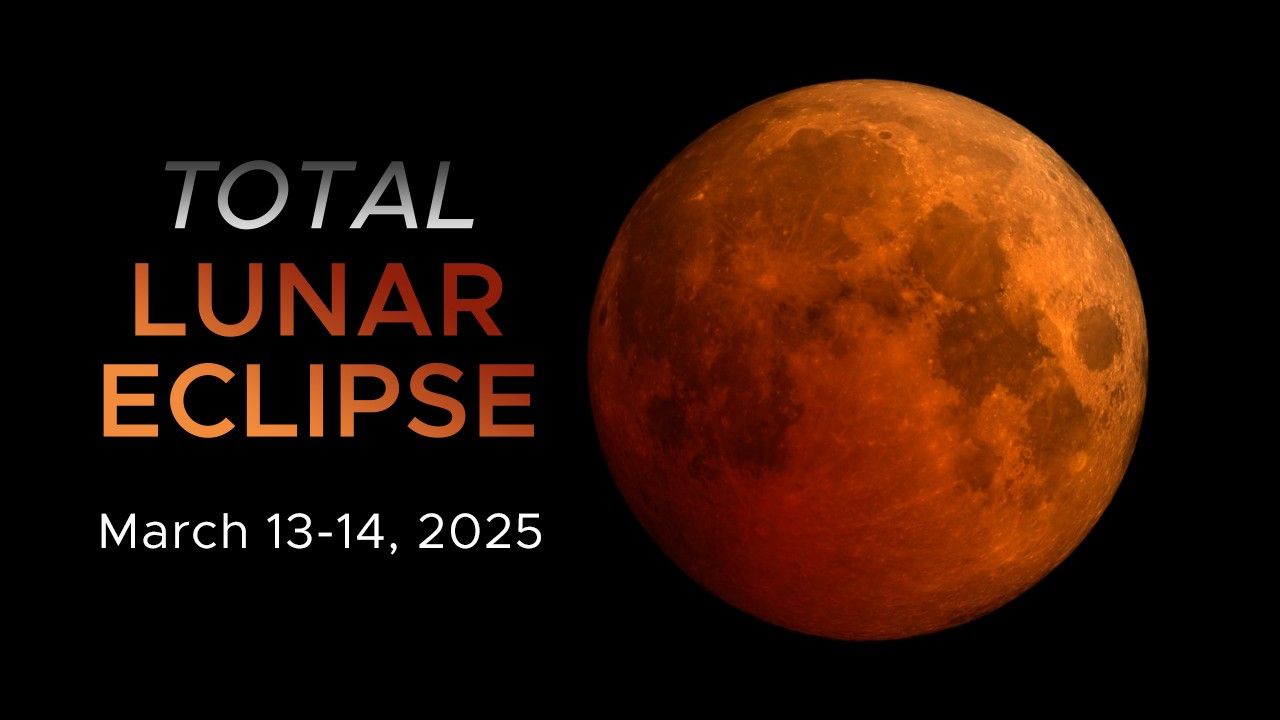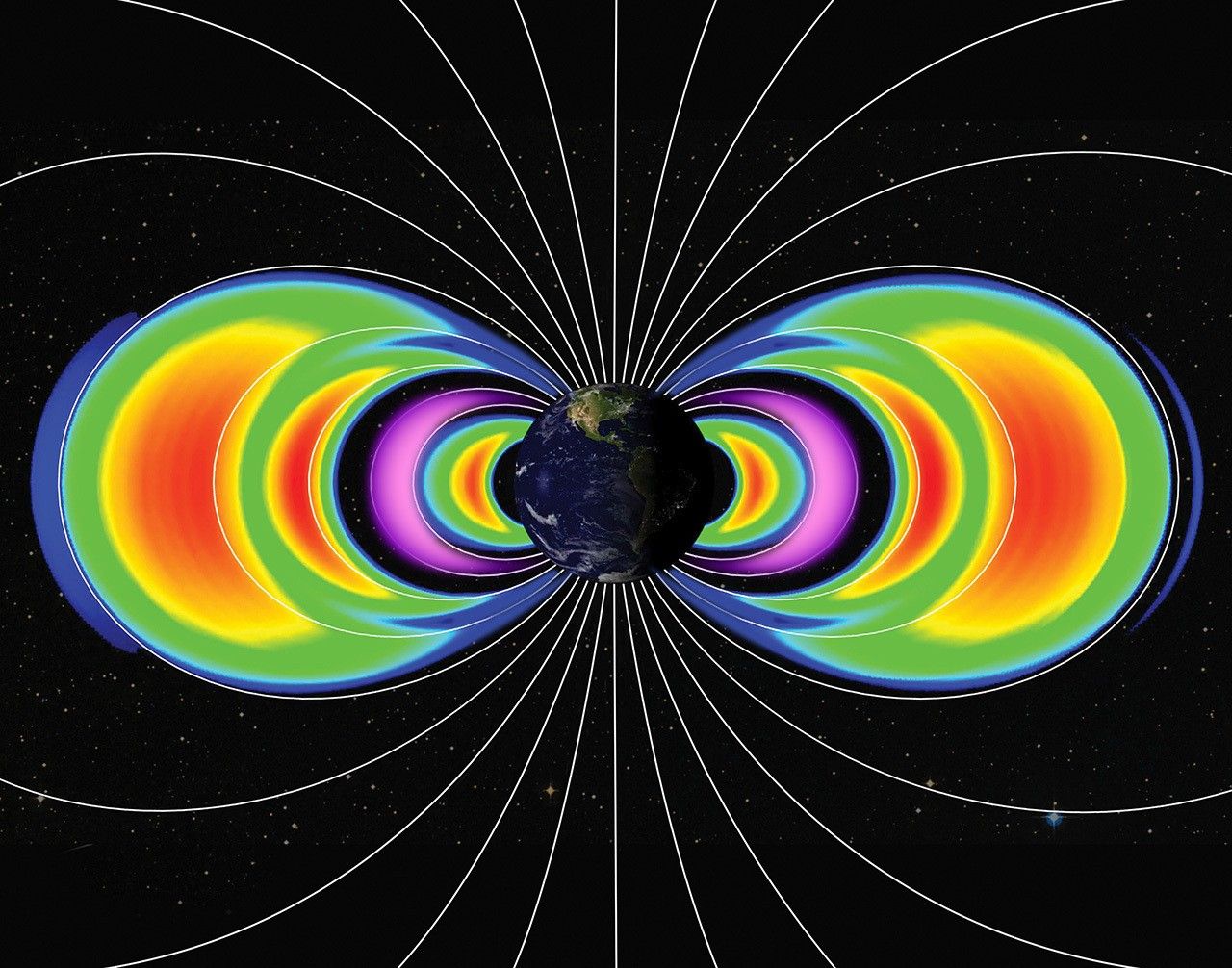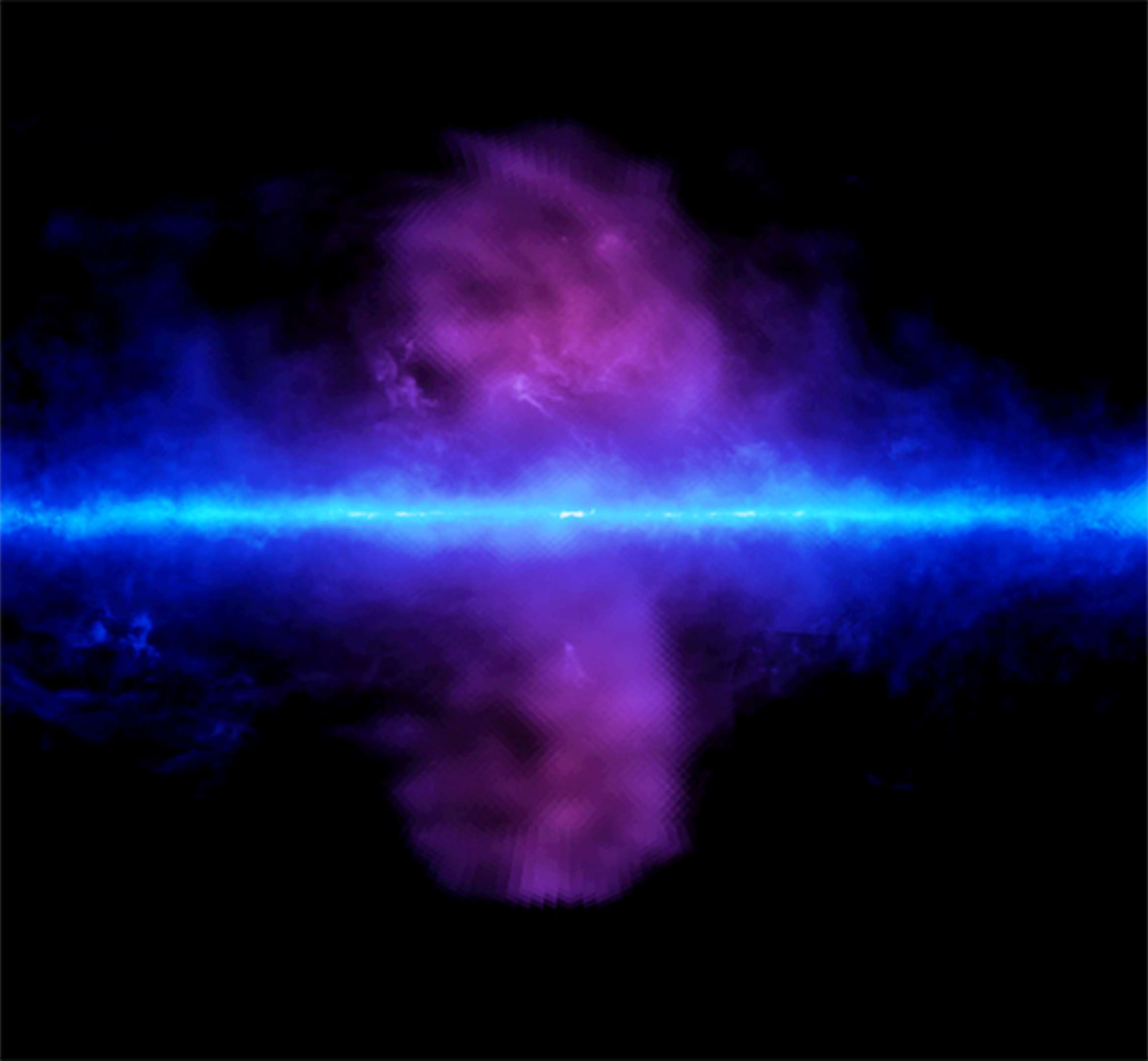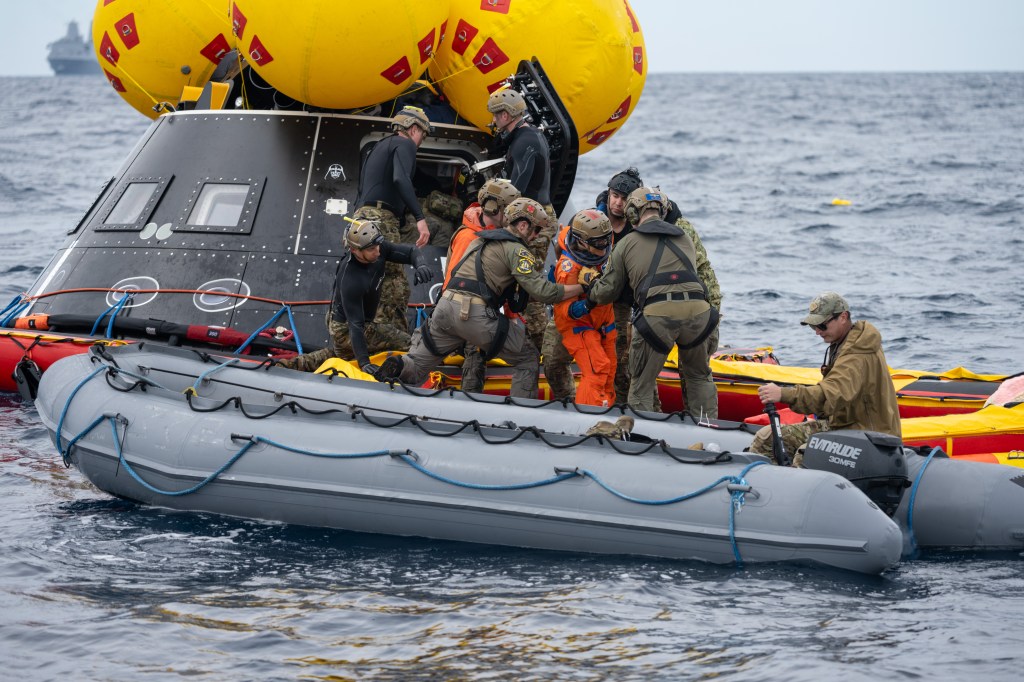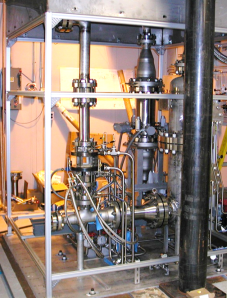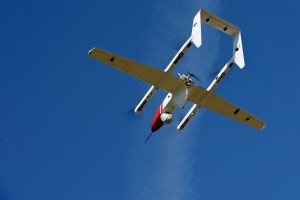Noise levels are a common concern when the public thinks about the anticipated addition of new aircraft, such as air taxis and delivery drones, into the urban airspace.
NASA’s Advanced Air Mobility mission is working with private sector developers of electric vertical take-off and landing (eVTOL) aircraft to study the levels of noise they make. Moog SureFly is one of those partners.
In the summer of 2022, researchers from NASA’s Glenn Research Center in Cleveland traveled to Cincinnati Municipal Airport– Lunken Field, where they acquired noise data as the Moog SureFly vehicle hovered over an array of 28 ground-level microphones. Glenn researchers will analyze and share the data with Moog.
One focus area of noise research is developing design tools manufacturers can use to reduce noise impacts. The data gathered during this type of testing can be used to improve aircraft design and increase the likelihood of community acceptance where eVTOLs will take off, fly, and land in locations known as vertiports.
The work is supported by the Revolutionary Vertical Lift Technology (RVLT) project of NASA’s Advanced Air Vehicles Program. RVLT supports the Advanced Air Mobility mission’s vision to enable a safe, accessible, and affordable new air transportation system alongside industry partners, community partners, and the Federal Aviation Administration.
Brian Newbacher
NASA’s Glenn Research Center










